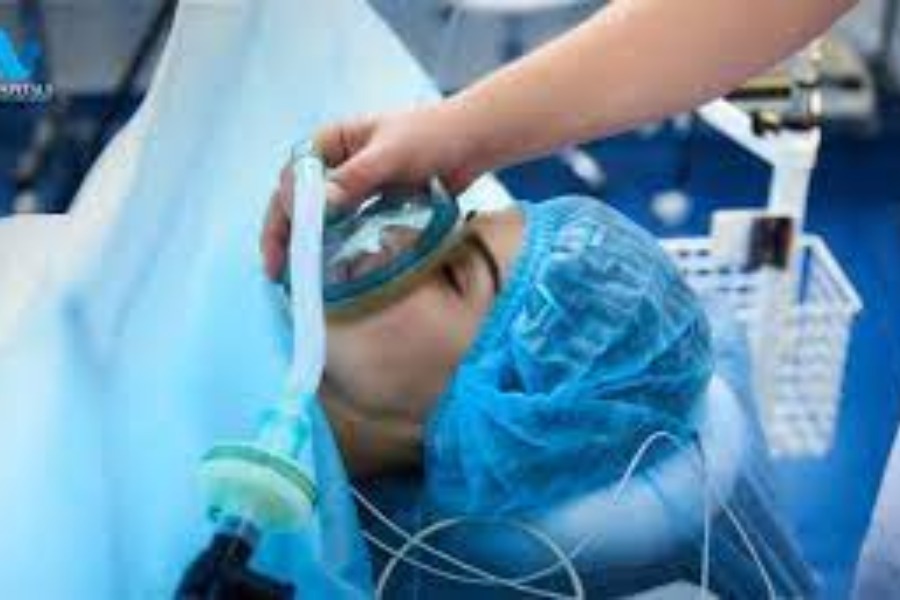Medical emergencies and major operative procedures do create panic in most families.
Usually people remember the surgeon, corporate hospital and the cost of treatment. People can also recollect the name of the insurance agent who is involved to recover the cost.
However, the doctor who gave anaesthesia is easily forgotten. The skill of an anaesthesiologist to make a patient unconscious and bring back consciousness safely seems to be taken for granted. Patients do not remember their names. When major surgical procedures are successful, anaesthesia is usually not highlighted. They are in the news only if something goes wrong. However, modern surgery is not feasible without quality anaesthesia. There are some lesser known facts about anaesthesiolgist/anaesthesia that need to be stated.
• Anaesthesiologists are fully qualified doctors like physicians, surgeons and gynaecologists
• They closely monitor the vital parameters during the operation
• Anaesthesia is safe and overdose of drugs is a myth
• Spinal anaesthesia does not cause lifelong backache
• The risk of anaesthesia may be high even if the operation is minor if there are comorbidities.
In the Bollywood comedy drama Munna Bhai MBBS, released in 2003, the character Circuit hits a person to make him unconscious. He is then taken to the cadaver dissection room of a medical college where he regains consciousness and escapes. Such loss of consciousness is not anaesthesia. In modern anaesthesia, loss and reversal of consciousness is smooth, painless and without any trauma.
Past and present
Anaesthesia has a long and interesting history. Around 3000 BC in Mesopotamia, the carotid arteries were pressed to make a patient unconscious. The Egyptians provided relief from pain by cooling or hypothermia. The Chinese used acupuncture for pain relief.
However, in October 1846, Boston dentist William Thomas Green Morton used sulfuric ether to anaesthetise a man who needed surgery for a vascular tumour of the neck, according to the book The painful story behind modern anaesthesia, by Howard Markel. In 1847, James Young Simpson, British obstetrician, used chloroform to reduce childbirth pain. There has been a lot of advancement thereafter in modern anaesthesia.
According to a publication in the Indian Journal of Anaesthesia, it became an independent speciality in India around 1964. In low and middle-income countries, around four anaesthesiologists are required per lakh population to maintain a reasonable standard of healthcare. In India, anaesthesiologists are mostly available in cities. No doubt there is an acute shortage in this regard. Presently postgraduate courses are available in various disciplines like cardiac, neuro and onco-anaesthesia.
Options
Anaesthesia is administered according to the requirement of a particular case. Various options are available.
• General anaesthesia: A reversible state of unconsciousness of the whole body with loss of awareness and sensations. Most commonly used in major operations
• Regional anaesthesia: Creates loss of sensation and pain over an area like the limbs or lower half of the body
• Sedation or monitored anaesthesia: Medications given intravenously making the patient drowsy and relaxed
• Local anaesthesia: Injections to numb a small area of the body. Useful for minor operations
Many are not aware that anaesthesiologists are also involved in critical care and pain management where they have excelled.
Critical care
Critical care medicine has been a growing discipline which has probably received delayed recognition as an independent speciality. Today, various postgraduate qualifications are available in the discipline. Physicians, pulmonologists and anaesthesiologists have been managing critical cases in intensive care units.
Physicians with anaesthesia background have been heading critical care units in various corporate hospitals. Their performance during the Covid pandemic has been exemplary. A number of factors are responsible for this.
• Anaesthesiologists are more capable in the management of airway and ventilators as they acquire experience in the operating rooms.
• They develop great experience in invasive procedures like vascular access which are frequently required in critical care.
In view of their wide experience, they are sometimes referred as physician to the surgeon and surgeon to the physician.
Pain clinic
Pain management clinic deals with all types of pain, irrespective of origin or disease. It is run by anaesthesiologists having experience in this newer division of medicine. It provides relief from both acute and chronic pain. Low back pain, joint pain and even pain in advanced cancer is managed adequately.
Management of pain should be continued along with the treatment of the disease. The common options are:
• Oral medications including morphine
• Trans-dermal patches applied to the skin
• Nerve blocks (image guided)
• Drugs given intra-spinally
Anaesthesiologists are taking the challenges to fight against pain as pain physicians.
Recognised qualifications in this discipline are available in Bengal due to the pioneering work of various physicians like Subrata Goswami. Every person has the right to live with dignity without pain.
Unfortunately, pain clinics are few or not publicised adequately. It is unfortunate that many corporate hospitals have not recognised
the importance of these clinics.
The silent contribution of anaesthesiologists to society is well beyond the operating rooms. If you find some time in your busy schedule, please acknowledge their services in future.
